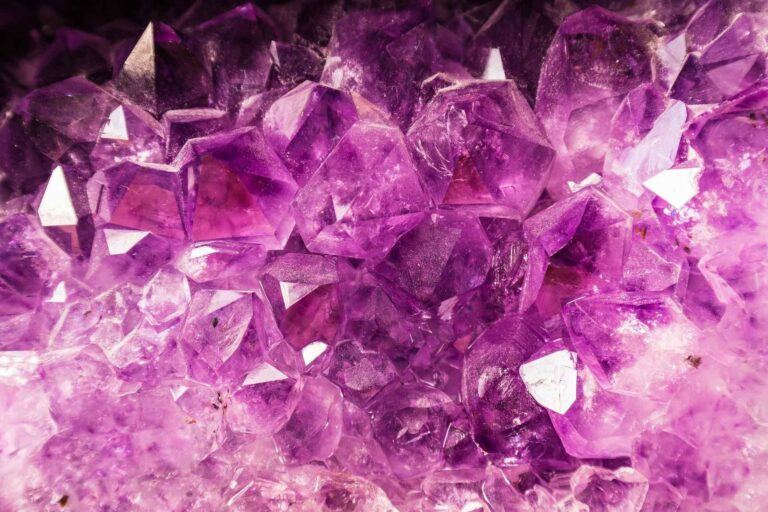This article takes a closer look at those crypto projects that Coinbase Ventures has invested in and yet their tokens still have a market cap of less than one billion dollars.
Here are these seven cryptoassets in the order of increasing market cap:
Mina Protocol ($IOU)
The team behind Mina Protocol says that it is “a layer one protocol designed to deliver on the original promise of blockchain — true decentralization, scale and security.” Mina tries to achieve this “true decentralization” by “replacing the blockchain with an easily verifiable, consistent-sized cryptographic proof.”
Here are some more details:
“Mina dramatically reduces the amount of data each user needs to download. Instead of verifying the entire chain from the beginning of time, participants fully verify the network and transactions using recursive zero knowledge proofs (or zk-SNARKs). Nodes can then store the small proof, as opposed to the entire chain. And because it’s a consistent size, Mina stays accessible — even as it scales to many users and accumulates years of transaction data.“
Rarible ($RARI)
$RARI is the governance token of non-fungible token (NFT) marketplace Rarible. It allows “the most active creators and collectors on Rarible to vote for any platform upgrades and participate in curation and moderation.” It is worth noting that “over half of RARI’s total supply is reserved for sellers and buyers on Rarible marketplace, who will receive RARI through weekly distribution according to weekly purchases and sales volumes.”
Rally ($RLY)
Rally is “an open network that enables creators to launch vibrant and independent economies with their communities powered by the ethereum blockchain.” It provides “anyone with an online community the ability to launch their own coin without the complexity of coding on the ethereum blockchain.” It is “a decentralized platform completely governed by the community,” which means that “creators and their communities have unfettered control to use their social tokens across all social platforms.”
Audius ($AUDIO)
Audius is “a brand-new streaming built for al musicians, not just those signed to labels.” $AUDIO “enables network security, exclusive feature access, and community-owned governance.” The Audius protocol “gives everyone the freedom to share, monetize, and listen to any audio.” The $AUDIO allows users to obtain a say in the future of Audius via “active contributions to the network.”
Keep Network ($KEEP)
Here is what Kraken has to say about Keep Network and its $KEEP token:
“The Keep Network is a software aiming to incentivize a global network of computers to store private information that can be deployed on public blockchains via smart contracts… Many decentralized applications (dapps) running on public blockchains, like Ethereum, require the use of private data (such as health records, credit scores and financial information) to operate.
“To protect individual user’s privacy, the Keep Network enables private data to be stored outside the blockchain in “keeps”, which are containers that allow smart contracts to manage and use pieces of the stored data without exposing it to the public blockchain. In order to operate a keep, nodes must stake KEEP tokens, Keep Network’s native cryptocurrency, to be selected by the Keep Network. These nodes are awarded KEEP for successfully maintaining keeps.”
Kraken also mentions that “the first application built on the Keep Network is tBTC, which serves as a bridge between Bitcoin and Ethereum.”
DODO ($DODO)
DODO is “a liquidity protocol powered by the Proactive Market Maker (PMM) algorithm and built for capital efficiency.” It “offers a low barrier-to-entry, pain-free token issuance mechanic for long tail assets” and it has a “contract-fillable liquidity” that is “comparable to centralized exchanges (CEXs).”
Arweave ($AR)
Arweave is “a new type of storage that backs data with sustainable and perpetual endowments, allowing users and developers to truly store data forever – for the very first time.”
Arweave has the concept of Proof of Access (PoA):
“The core technology that powers the Arweave is the blockweave. Just as a blockchain is a linked collection of blocks containing transactions, a blockweave — specifically designed for the Arweave protocol — is a set of blocks that contain data, linking to multiple previous blocks from the network. This data structure allows the network to an enforce that miners provide a ‘Proof of Access’ (PoA) to old data in order to add new blocks.
“Unlike in a traditional blockchain, where miners are forced to expend electricity in order to earn tokens, in the Arweave network miners are also encouraged to replicate valuable data (the information stored in the network) in order to gain tokens. This mechanism offsets the value that is normally wasted in blockchain networks, with useful, energy efficient storage of data.“
Featured Image by “Didgeman” via Pixabay.com
The views and opinions expressed by the author, or any people mentioned in this article, are for informational purposes only, and they do not constitute financial, investment, or other advice. Investing in or trading cryptoassets comes with a risk of financial loss.









